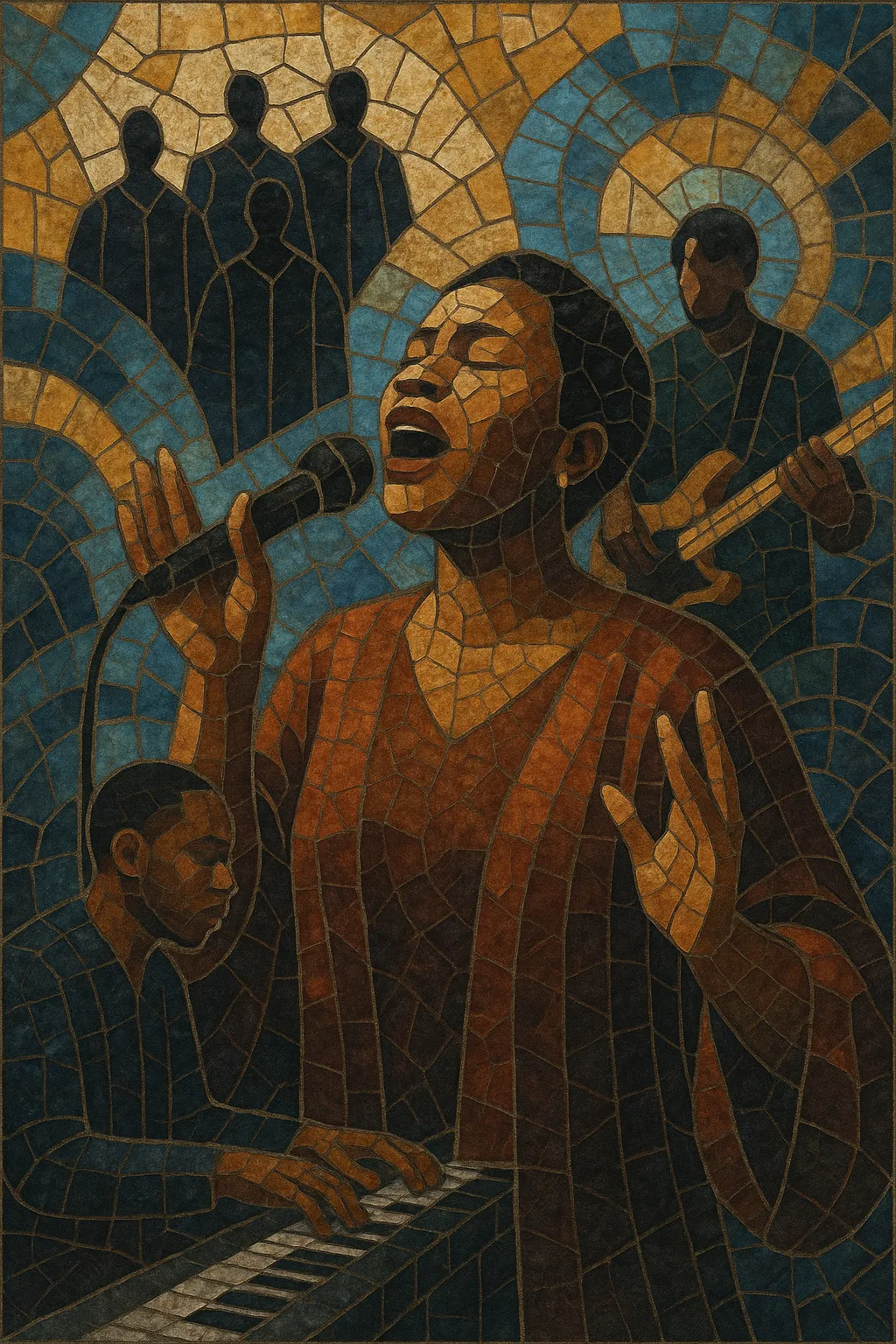
Urban contemporary gospel is a modern, radio-friendly form of Black gospel that fuses the core church traditions of call-and-response, choir vamps, and faith-centered lyrics with contemporary R&B, hip hop, funk, and pop production.
It features polished vocals with melismatic runs, stacked harmonies, and tight choir arrangements over drum machines, live drums, electric bass, keyboards (piano, EP, synths), and often 808s. From new jack swing grooves in the late 1980s–1990s to trap-tinged beats in the 2010s, its sound adapts mainstream Black popular music while keeping overt Christian themes, praise, and testimony at the center.
Urban contemporary gospel emerged in the United States during the 1980s, when Black gospel artists began adopting the sounds of contemporary R&B, funk, and the then-new urban radio format. Groups like Commissioned and The Winans modernized harmony and production while keeping the church’s vocal power and lyrical focus on faith. The Clark Sisters’ crossover singles also signaled a growing openness to dance and pop textures.
The 1990s cemented the genre’s identity. Kirk Franklin brought hip hop elements—spoken exhortations, sampled breaks, and choir-led hooks—to gospel’s center stage, helping urban gospel dominate radio and awards. New jack swing rhythms, crisp drum programming, and lush keyboard pads became common, while artists like Fred Hammond, Hezekiah Walker, and BeBe & CeCe Winans balanced church choir traditions with R&B polish.
In the 2000s, urban contemporary gospel matured into a broad ecosystem. Artists such as Yolanda Adams, Mary Mary, Israel & New Breed, and Donnie McClurkin found mainstream visibility through radio, television, and film soundtracks. Production embraced live bands alongside programmed drums, with modal vamps, modulations, and extended chords supporting anthemic, congregational choruses and extended praise sections.
Streaming-era urban gospel absorbed elements of trap and modern R&B (808 sub-bass, half-time grooves, atmospheric pads) while preserving choir dynamics and devotional content. Artists like Tye Tribbett and Jonathan McReynolds exemplify a spectrum from high-energy, rhythm-forward praise to introspective, acoustic-leaning R&B-gospel hybrids.
Urban contemporary gospel has shaped church worship aesthetics, youth ministry soundtracks, and faith-centered pop culture. It opened doors for Christian hip hop and influenced global gospel scenes (notably in Africa and the Caribbean) to adopt contemporary urban production while sustaining local worship practices.

